Derwent Reservoir
OS grid ref:- SK197909
Derwent Reservoir is the middle of three reservoirs in the beautiful Upper Derwent Valley, which lies around 10 miles (16 km) from Glossop and 10 miles (16 km) from Sheffield. The River Derwent flows through Howden Reservoir, down to Derwent Reservoir and finally through Ladybower Reservoir. Collectively they provide practically all of Derbyshire's water, as well as to a large part of South Yorkshire.
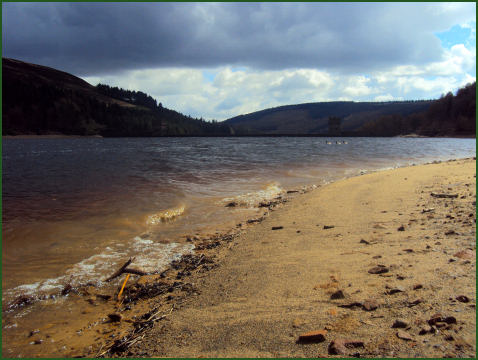
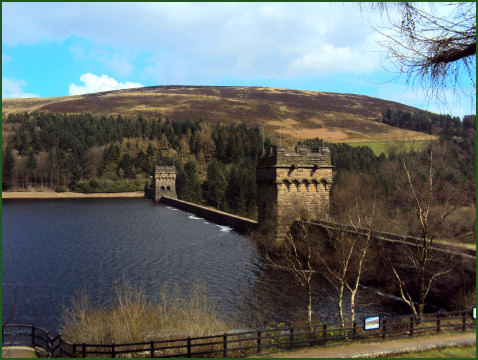
The Gothic style dam was begun in 1902, over 1,000 workers lived in a specially constructed self-contained town called Birchinlee or "Tin Town". The workers that died during the construction of the dam were buried in Bamford Church. The reservoir was first begun to be filled in November 1914, and overflowed for the first time in January 1916. The dam is capable of supporting a total of 9.64 million cubic metres of water.
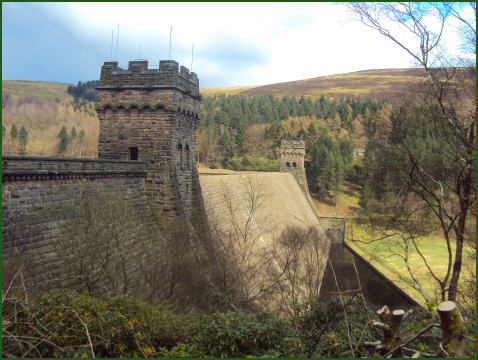
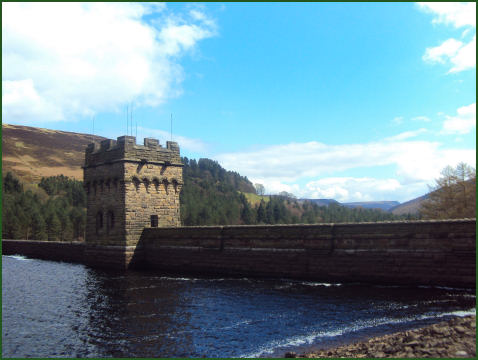
During the Second World War the reservoir was used by pilots of the 617 Squadron for practising the low-level flights needed for Operation Chastise (commonly known as the "Dam Busters" raids), due to its similarity to the German dams. Today there is a commemorative plaque to 617 Squadron on the dam, and one of the towers on the dam houses the Derwent Valley Museum.
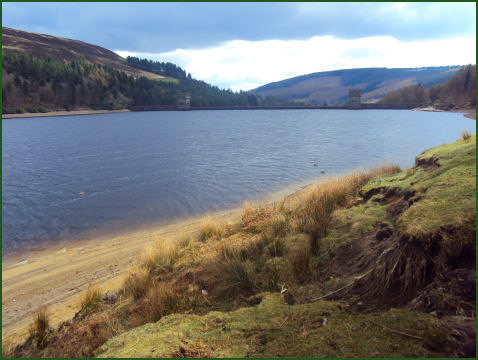
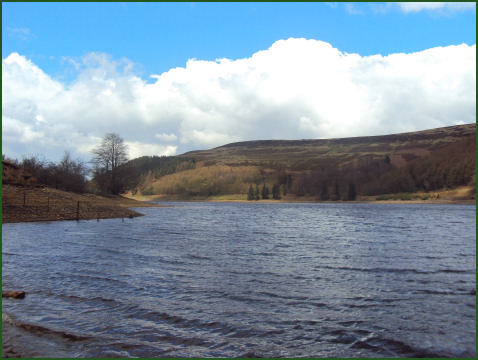
The exhibition, owned and run by Vic Hallam, tells the tale of Squadron 617 and its training for Operation Chastise and also has a display on the history of the Derwent valley and the lost villages of Derwent and Ashopton. Occasional flypasts of the Battle of Britain Memorial Flight at the reservoir are also staged to commemorate the events during the war.
